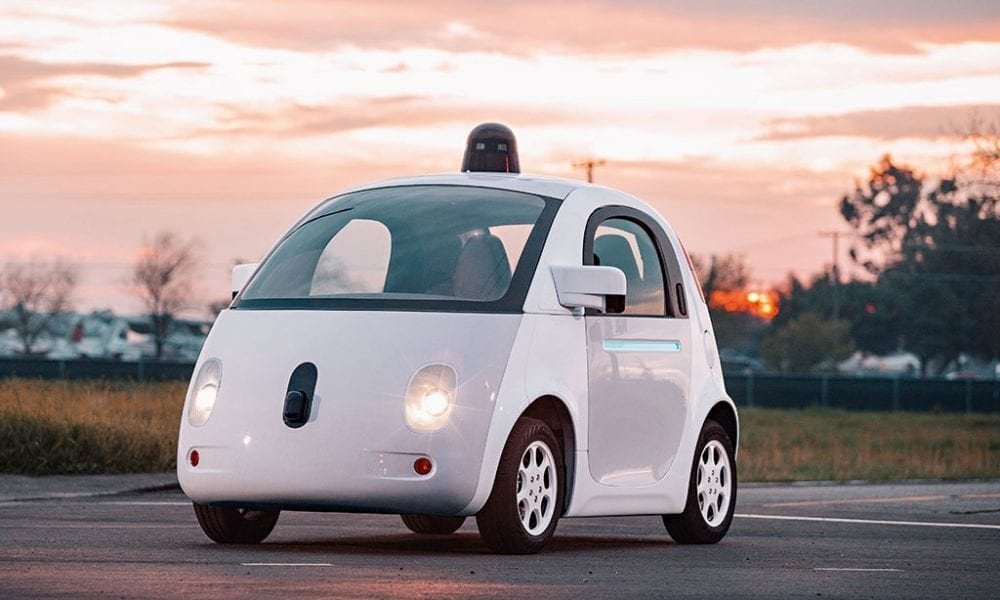
The Self-Driving Cars: The First Steps to New Regulations

The future in which we will not have to steer our vehicles seems to be just around the corner. However, a new question seems to impose itself: how will those new cars be legally regulated?
Any movement in this direction is a big one. It means that the legislators are taking this technological advancement seriously and that they are thinking about this issue ahead of time—before it becomes a problem.
As the renowned Tesla magnate Elon Musk stated, in the future, he believes that every car is going to be autonomous, without the need of a person behind its wheel. He compared automobiles to elevators, as they once needed an operator as well. Later, elevators just became programmed to operate just by pressing a button.
And that is why this is really big news for the automobile industry.
 What actually happened is only a proposal
What actually happened is only a proposal
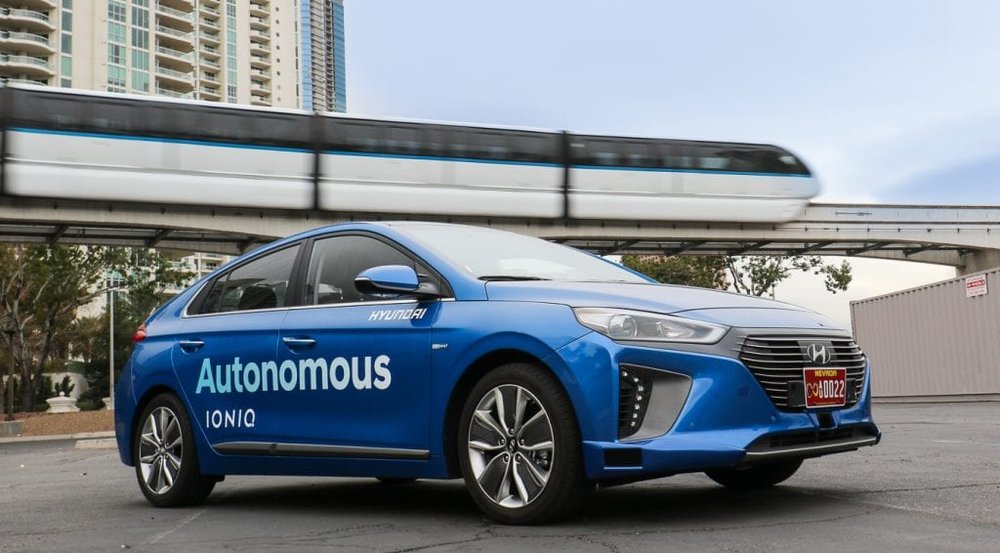 A subcommittee of the Congressional Energy and Commerce Committee has finally passed a proposal that will allow the federal government to regulate self-driving cars. Proposals such as this usually have far-reaching effects and should be carefully monitored.
A subcommittee of the Congressional Energy and Commerce Committee has finally passed a proposal that will allow the federal government to regulate self-driving cars. Proposals such as this usually have far-reaching effects and should be carefully monitored.
On Wednesday, June 19th, a U.S. House panel decided to approve a proposal that will allow car makers to finally place their units without trying to meet any of the previously existing safety standards for self-driving cars. It also forbids any state to impose special rules for autonomous vehicles. In fact, they are allowing carmakers to deploy 100,000 autonomous vehicles.
Unfortunately, it will not be until September that the full U.S. House of Representatives will take the bill up as it is currently in recess for the summer.
 Why is it such a big deal?
Why is it such a big deal?
This will be the first ever significant piece of legislation that is aimed at making autonomous vehicles a reality. To be clear, they will still need to go through safety assessments, but no premarket approval will be required. This means that any automaker will still have to show that his self-driving car does function as it is supposed to and that every failsafe feature is working as intended.
Gregory Walden, a representative for Oregon’s 2nd congressional district and a member of the Republican Party, has used this as an opportunity to share his story involving a semi-autonomous vehicle. Namely, he was recently riding in his Subaru Outback, and he let cruise control to guide his car and suddenly, as he said, “a big black bird” suddenly landed in front of the vehicle. And the car managed to break in time on its own. While this is nothing but a minor incident, he used it to make a point. And the point is that the car reacted faster than he ever could. This helped him realize that advancing this technology can prevent thousands of unnecessary deaths from traffic incidents.
 Still, do we really need such a car?
Still, do we really need such a car?
There is a good reason to try and find new ways to manage car safety as the number of road deaths in the USA is on a steady rise. We would expect that each year, with better cars and safety technologies, the number should be decreasing. However, in a short period from 2014 to 2016, the number of road deaths rose by almost 8% or up to 35,200 people in 2015. This makes it clear that it is time to start revolutionizing the way we look at vehicle safety and try something new. So, autonomous vehicles might just be the thing we need.
 What about the current regulations?
What about the current regulations?
Current federal rules for motor vehicle safety ban any sale of vehicles that do not have human controls. Also, they must meet literally 75 different standards. A lot of those standards are based on the premise that a driver with a license will still have control of the vehicle. This proposition means that, while the U.S. regulators would still have to go through safety assessment reports and keep the streets safe, these standards would become a thing of the past.
States, however, could still decide on rules in regards to registration, liability, safety inspections, licensing and insurance. But the performance standards of autonomous cars would still be set for them by the federal government.
 What about changing the problematic regulations?
What about changing the problematic regulations?
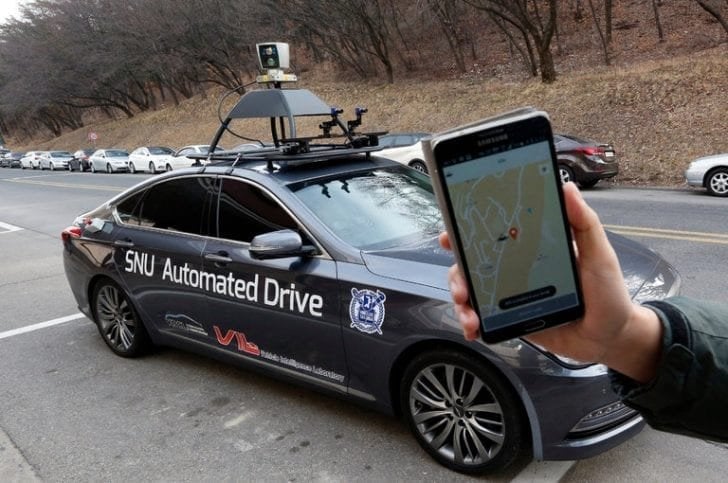 Republicans would like to pass a bill that would allow the likes of Uber and Google to test drive their autonomous vehicles around the country to replace the current system. In the current state of things, any state can have differing, if not the outright opposite, rules on how driverless cars will be allowed to operate.
Republicans would like to pass a bill that would allow the likes of Uber and Google to test drive their autonomous vehicles around the country to replace the current system. In the current state of things, any state can have differing, if not the outright opposite, rules on how driverless cars will be allowed to operate.
Another proposal has been made that would allow the manufacturers to have their information about their vehicles secret and impossible for reporters to obtain. While it does make sense that they want to protect their technology, it has met some resistance as there are people who do not want to place their trust entirely into the hands of NHTSA.
In the end, these are still great news for anyone who wants to see the car industry revolutionized. While there are concerns about safety with these cars, we are confident that tests and rules will be implemented to make them a much safer alternative than what anyone might expect, and that we will soon be able to see thousands of these new, safer vehicles on our streets.
More inDriving
-
`
Florida Auto Insurance Rates Finally Drop. But for How Long?
After years of rising premiums, Florida drivers are finally seeing lower auto insurance rates on the horizon. For 2025, the state’s...
August 15, 2025 -
`
U.S. Reduces Tariffs on Japanese Cars to 15% Under Trump’s Deal
In a move reshaping U.S.-Japan trade relations, former President Donald Trump confirmed a new agreement that slashes tariffs on Japanese car...
August 9, 2025 -
`
Adults in Ohio Face Stricter Rules to Obtain Driver’s License
Ohio has passed a new law that will change the way adults under 21 get their driver’s licenses. Signed into law...
July 31, 2025 -
`
Gen Z Craves Career Guidance, But Their Parents Are Struggling Too
Gen Z is stepping into the future with curiosity and ambition—but they’re not doing it alone. A growing number of teens...
July 25, 2025 -
`
Do Car Insurance Companies Offer Pay-As-You-Go Plans?
Car insurance premiums often feel unfair to people who rarely drive. Yet, most traditional auto policies still charge a fixed monthly...
July 17, 2025 -
`
Why the Koenigsegg Sadair Spear Is the Ultimate Hypercar Beast
Koenigsegg has revealed a new beast—the Sadair’s Spear. Tuning its focus on raw performance and brutal speed, this hypercar marks the...
July 11, 2025 -
`
Which States Have the Safest—and Riskiest—Drivers in America?
Driving safety isn’t just about skill. It’s also about location. A recent nationwide report shines a spotlight on where drivers are...
July 4, 2025 -
`
How to Save on Tesla Car Insurance Without Compromising Coverage
Owning a Tesla often brings savings on fuel and a futuristic driving experience, but the conversation changes quickly when it comes...
June 26, 2025 -
`
10 Weird Cars That Turned Heads and Won Hearts
Some cars turn heads with speed, others with luxury—but a rare few grab your attention simply by being delightfully strange. From...
June 20, 2025



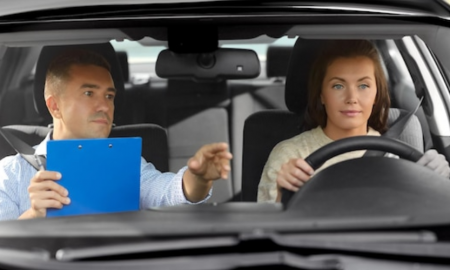

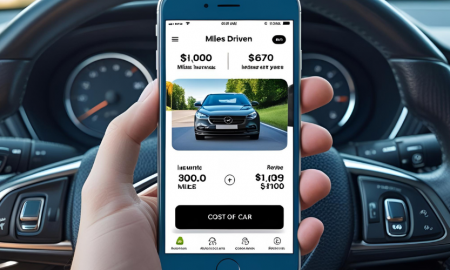

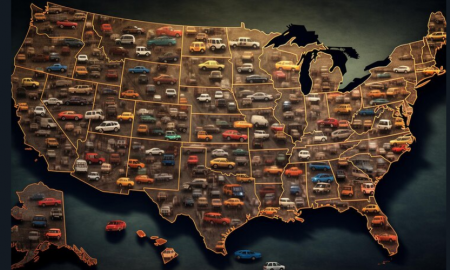
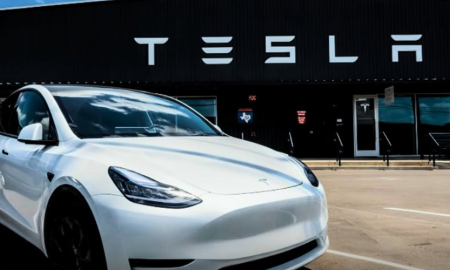






You must be logged in to post a comment Login